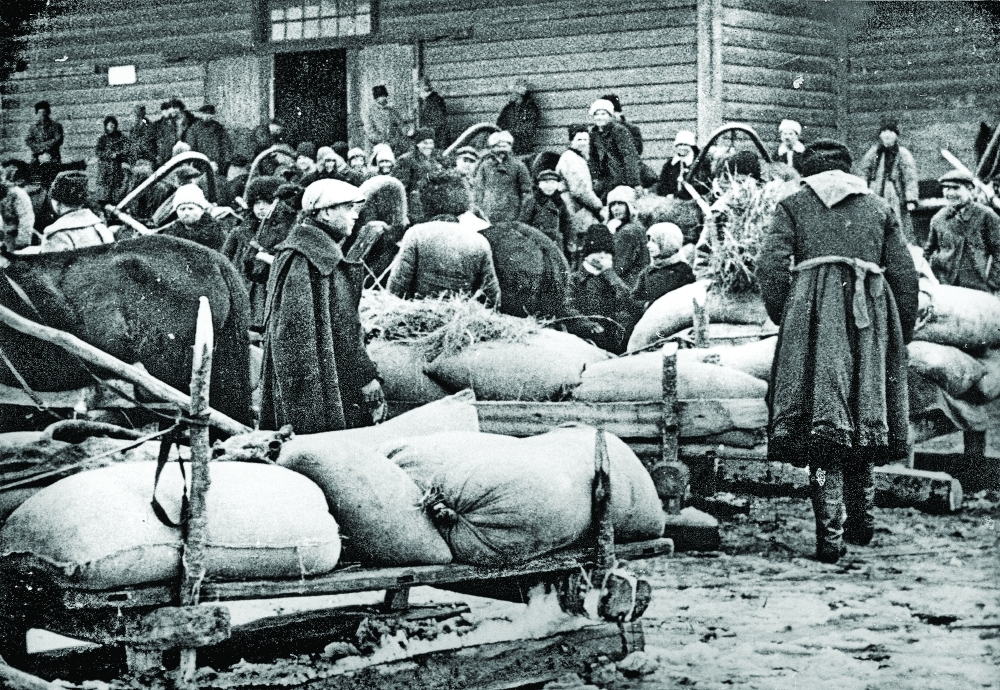“WFP Calls for Urgent Opening of Ukrainian Ports to Help Rein in Global Hunger Crisis,” World Food Program USA, May 6, 2022 →.
Lesia Maruschak’s personal website →.
For other examples see Igor Pykhalov, “Закон о пяти колосках” (Law of Five Spikelets), Terrra Humana, no. 4 (2011).
Оксана Кісь, “Українські жінки в умовах Голодомору: безправність vs дієздатність,” Україна Модерна, November 4, 2018 →.
Lynne Viola, “Bab’i Bunty and Peasant Women’s Protest during Collectivization,” Russian Review 45, no. 1 (January 1986).
Marianne Hirsch, The Generation of Postmemory: Writing and Visual Culture After the Holocaust (Columbia University Press, 2012).
See, for example, Andrii Portnov, “Post-Maidan Europe and the New Ukrainian Studies,” Slavic Review 74, no. 4 (Winter 2015).
Asia Bazdyrieva, “No Milk, No Love,” e-flux journal, no. 127 (May 2022) →.
See Jürgen Zimmerer, “Climate Change, Environmental Violence and Genocide,” International Journal of Human Rights 18, no. 3 (2014); and Kübra Kalkandelen and Darren O’Byrne, “On Ecocide: Toward a Conceptual Framework,” Distinktion 18, no. 3 (2017).
Shweta Sharma, “Brave Ukrainian Woman Tells Russian Soldier: ‘Put Sunflower Seeds in Your Pocket So They Grow When You Die,’” The Independent, February 25, 2022 →.
“На Луганщині росіяни знищили або вкрали трирічний запас зерна,” Новинарня, May 4, 2022 →.
See →.
See →.
“Вкрадене в Україні зерно росіяни вивозять в РФ, Крим та Сирію, – розвідка,” Новинарня, May 10, 2022 →.
Tristan Bove, “Russia Is Stealing Ukraine’s Grain and Trying to Sell It to Other Countries,” Fortune, May 12, 2022 →.
See →.
See Olga Oleinikova, “Food Shortages, Millions of Refugees, and Global Price Spikes: The Knock-On Effects of Russia’s Ukraine Invasion,” The Conversation, May 5, 2022 →.
Translated from Ukrainian by Andrii Dostliev.
